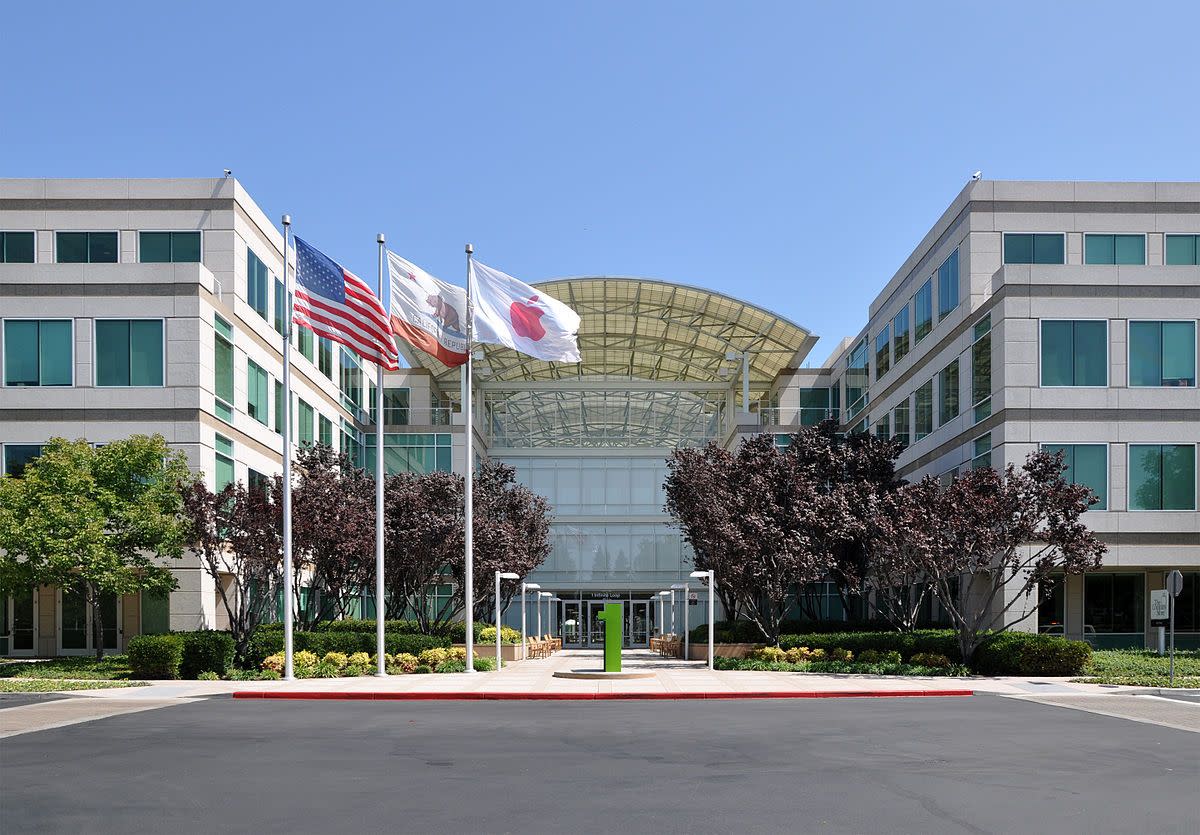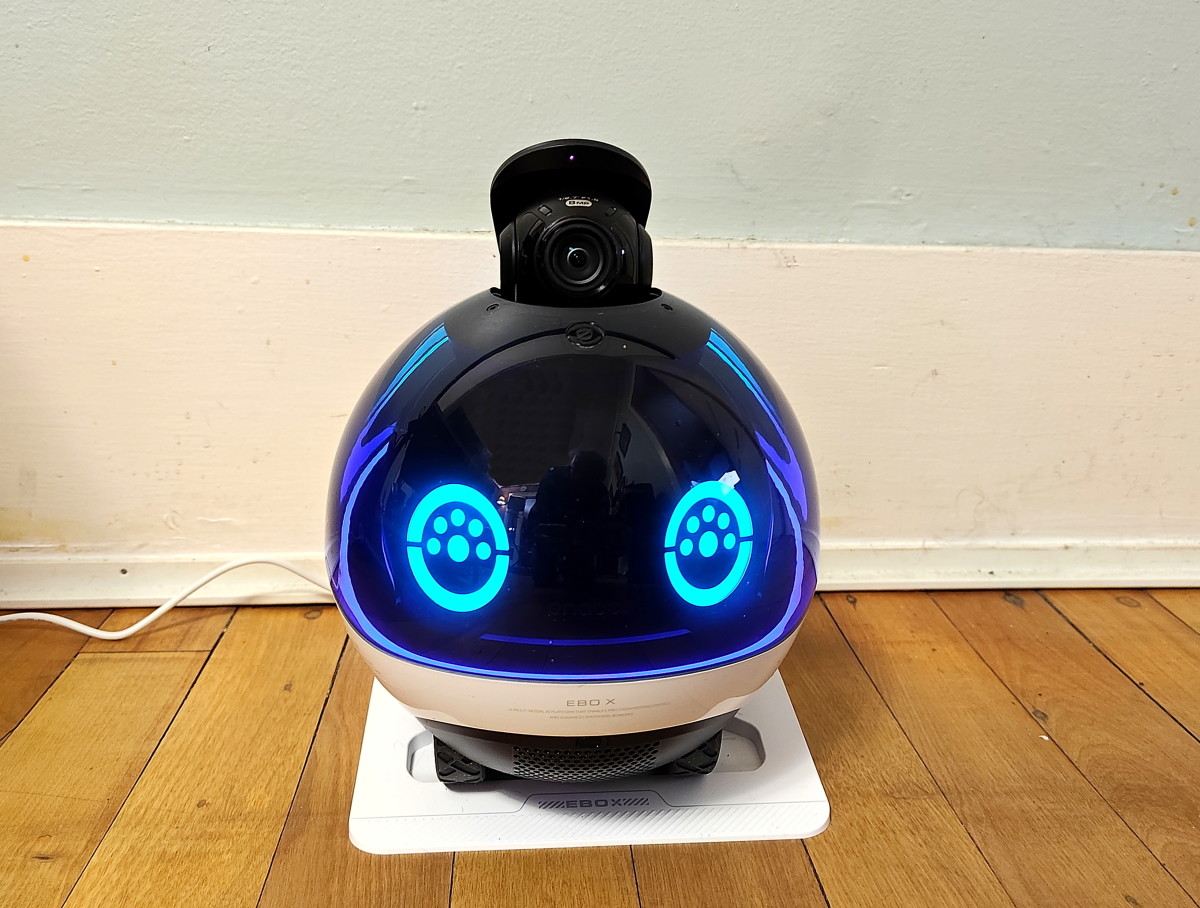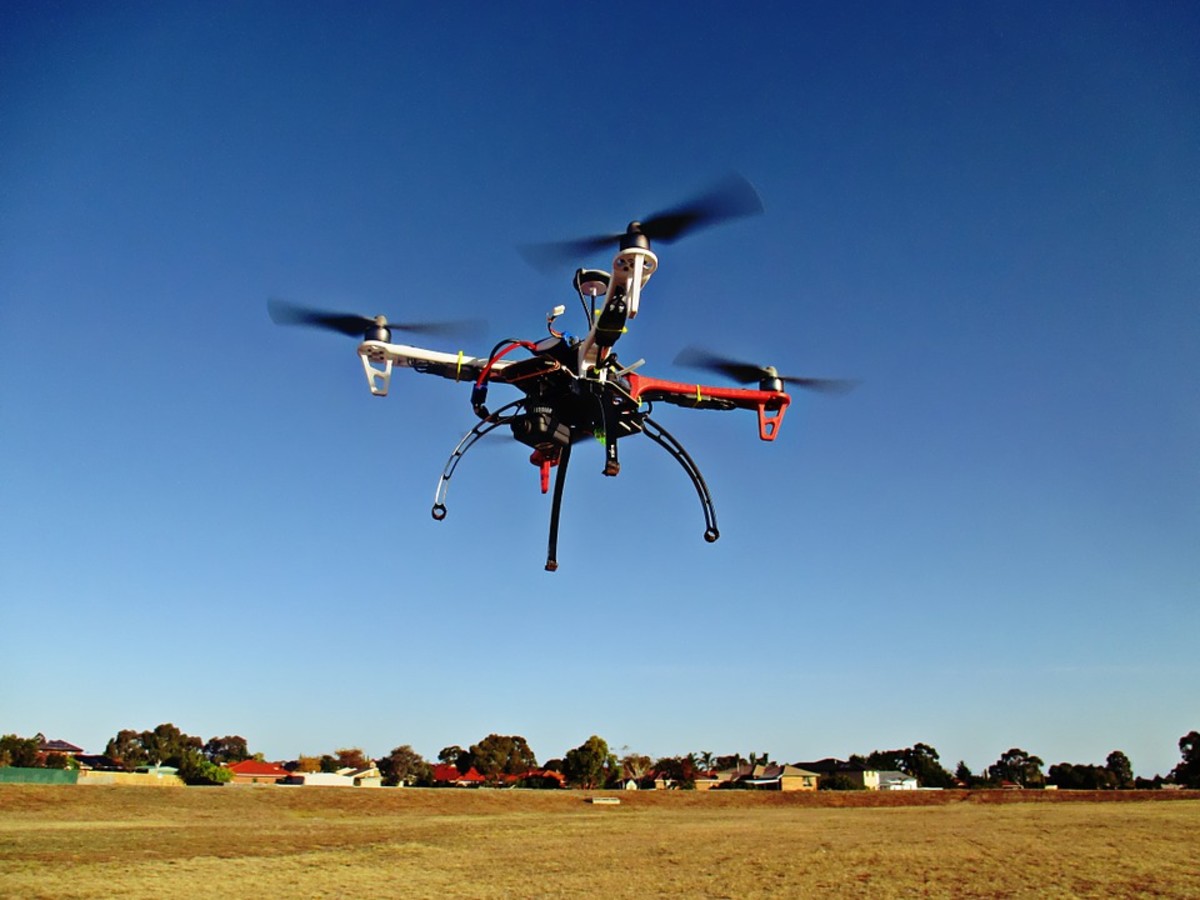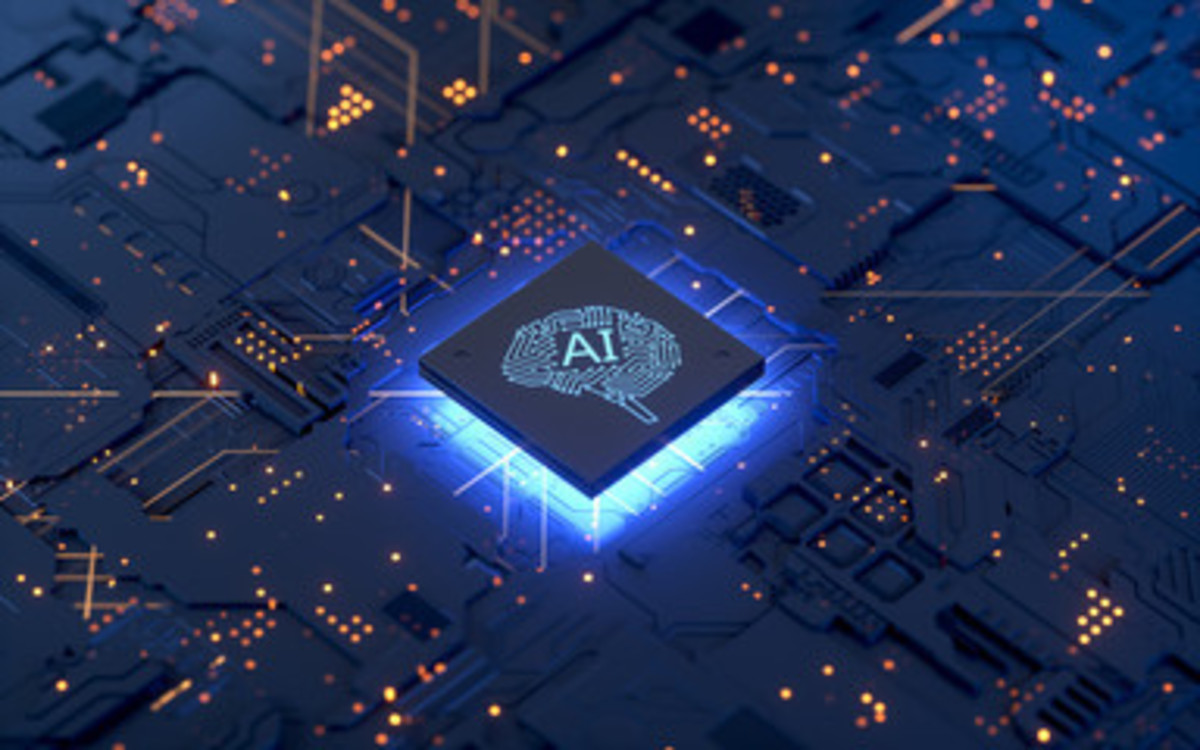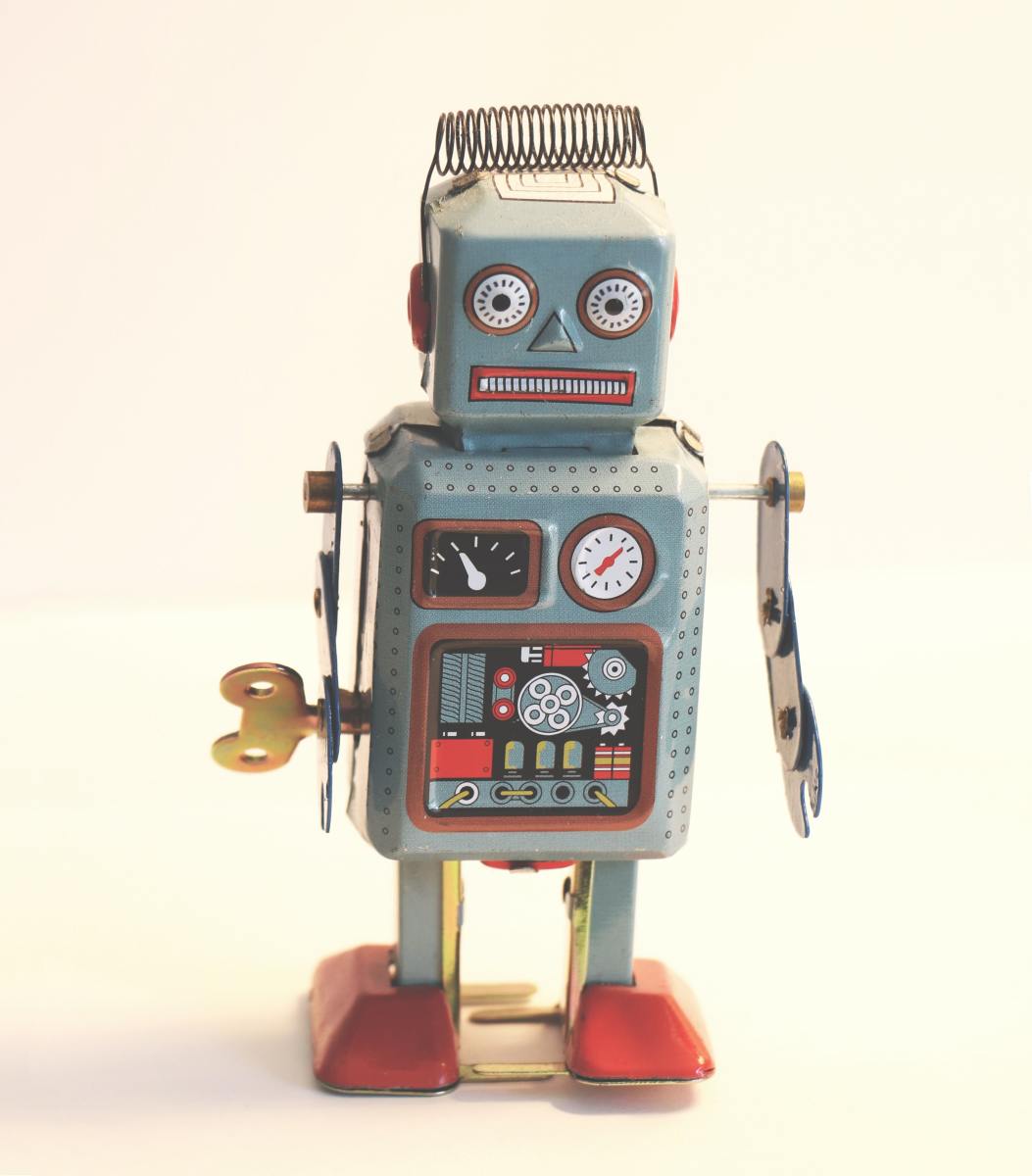Turing Test Updated for AI Robots
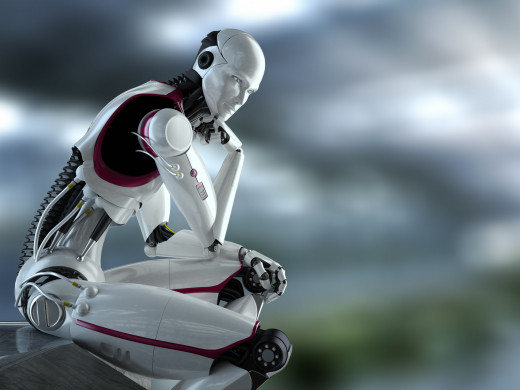
Turing Test 5.0
In recent news, we are warned about the advancements in AI technology. Machines are getting smarter and faster and stronger. Will there be a day when they surpass humans in every way so that we are obsolete? I don't think so. Here is my idea of the new updated Turing test that will benchmark the progress. Let me know your thoughts and comments.
-Feb. 2015
Introduction
First let me explain my bias and skepticism. I come from a belief that Man is unique and "designed" by a creator that is Supreme. If imitation is the sincerest form of flattery, I have no problem with AI technologists trying to replicate and improve upon the Human model. As such, I have the following benchmarks that determine how successful they may be. My own background is in engineering and Computer Science and my special expertise is in the arena of image processing. I also believe that human intelligence is integral between mind, body and soul. That is you can't separate the mind from the body and expect the same results. A machine that cannot move and interact with the environment such as a computer program cannot be fully AI. By the same token, a complicated machinery without a "thinking" CPU cannot claim to be AI either. You need both parts working together and interacting just like our own body and brain to be truly "Intelligent".
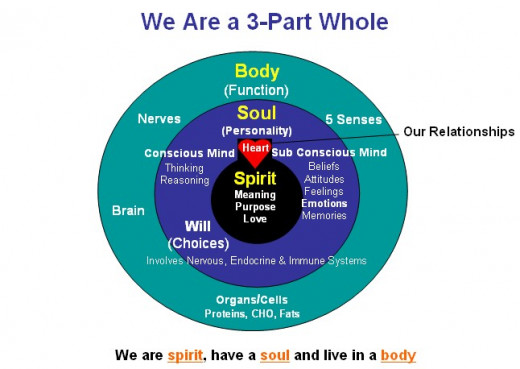
Specifications for Physical and Mental Capabilities
The following is my list of attributes for AI Robots. I divided them into Physical and Mental parts.
Physical:
- Must be able to walk upright on two feet. (be able to hike a trail)
- Must have hands that can use tools and sensitive enough to flip pages in a book.
- Must have the 5 senses (see, hear, touch, smell and taste).
- Must be able to speak.
- Must be waterproof (able to swim in water).
- Must be able to heal (for example, our skin can heal itself after a cut).
Mental:
- Must be able to learn from experience.
- Must have a unique personality.
- Able to carry a conversation, including jokes and sarcasm.
- Able to distinguish a moral code.
- Able to be part of a community (social interactions).
- Able to demonstrate compassion.
- Able to be creative, something new and original such as a story, or song or art work.
- Able to use logic and intuition to solve problems.
- Able to "reprogram" itself.
- To be self-aware. (have conscience).
I realize these attributes are setting an extremely high bar. It demonstrates how magnificent the human body is. We may be able to imitate some of these but to achieve the total package in a compact body is truly amazing.
Let's assume if an AI robot could be created, here is a side by side comparison. Which one would you prefer?
Side by Side Comparison
Item
| Human
| AI Robot
|
|---|---|---|
Building Block
| Carbon based Organic
| Metal, plastic, composites
|
Models
| 2 (Male/Female)
| 1 (no sex)
|
Life span
| 70+ years
| 10 years?
|
Power by
| Food, water and nutrients
| Electricity (battery)
|
Hours operational
| 16 hours per day
| 24 hours per day
|
Maintenance
| Self healing
| ???
|
Nurture period
| 12 years on average
| ???
|
Reproduction
| Yes
| No
|
Brain Capacity
| Est. (100 Terabytes)
| ???
|
Waterproof
| Yes
| No
|
An In-Depth Look
I am just an average person looking at this from outside the AI community. I do have some expertise in computer vision and pattern recognition. Let take a detail look at one small part of the requirement. In specific, the human visual system. Our vision system is superior in many ways. Let me just name a few to highlight the difficult problems that AI researchers face.
- Binocular vision - can triangulate and estimate depth.
- Can see both color and gray - rods and cones.
- High Dynamic range - can adapt to bright and dim lighting.
- Has increased sensitivity to face recognition.
- Has memory tied to visual cues.
- Can recognize orientation.
- Can be trained to spot unique details.
Some of these are obvious and require no further explanation. Some are not so obvious. For example, we have a very good facial recognition system. I remember one time when a group of us was standing around a large room and a computer monitor was located in the front getting setup for a demonstration. It so happened it was showing a picture of one of our colleague standing around some equipment. The resolution was already very low but from across the room, it was even smaller. Yet, all of us was able to identify and recognize the person on the screen. We were surprised but it shows how good our facial recognition is. A computer, no matter how powerful and connected to the best digital camera will not be able to identify that person on the screen.
Another feature is our ability to recognize patterns. This is especially true in Quality Control type of work. In my own experience, when dealing with document scanning and conversion, one of the key step is QC. After a document is scanned, the QC operator must view each page to see if it is captured properly. This requires some training to be able to identify certain artifacts that may occur. This is not an exact operation. For example, you may encounter a page that has a post-it note pasted on top of some text. Is this a problem or it may be a photocopy of a document. That is what the QC operator must spot and then verify by going back to the original document to resolve.
Another task of a QC operator is to rotate a page so that it is right reading. The production scanner has built in features to run OCR on the page and perform auto rotate in real time. However, this only works if the page contains type fonts and even then it is only 98% accurate. It can't recognize cursive hand written text and it also fails on some printed text that are smudged or faded. It is up the human QC operator that can find these pages and rotate them correctly.
A TV show on National Geographic channel called "Brain Games" is very instructional on how our brain seems to work. It gives insight on how it is very different and much more complex than we thought just a few years ago. Another interesting feature is optical illusions. Because of how our brain is tied to the visual system, we are sometimes deceived by optical illusions. A robot cannot recognize this and this is one way to "test" if we are dealing with a human or a machine.
T-Rex Illusion
Healing vs. "Re-program"
Another almost insurmountable task of AI is to self heal. A human has built in biological protocol to deal with perhaps 70-80% of common diseases or sickness or even injury. It does this by self healing of the cells and also with a complex immune system to deal with bacterial infections. I can recall years ago, I had cut my finger on a broken glass bottle by accident. It was quit a deep cut. I stop the bleeding by applying pressure and dress the wound with some antiseptic. Amazingly, my hand started to heal and in days, the cut skin grew together and left a noticeable scar. Years later, it is completely healed and even the scar is gone. More amazingly, our brain can also heal. After brain injury, doctors found that the human brain is capable of re-wiring the connected neurons to compensate for lost functions. Over time, the brain is able to recover lost memory and tasks by reconstructing the connections. For a robot to duplicate these tasks is really hard. If the physical body of the robot is damaged, it would need to be replaced with spare parts. If the control program requires fixes or updates, it would be a bigger challenge. Any computer programmer will understand that coding requires an iterative process. No one writes a perfect program on the first try. A typical program cycle requires a design phase, a code phase, a beta test phase and some iteration and finally put into production. The challenge for an AI robot is how to perform all these steps without shutting down or go off line. In programming, there is the ninety-ninety rule. Basically, the last 10% is the hardest.
Healing Wound
Conclusion
In summary, I have proposed some attributes that an AI Robot must exhibit if it is to be truly a "human" replacement. I don't think we are anywhere near this. Hence, I chose Turing 5.0 as the name of this topic. It is true that AI technology has made great strides and will continue to progress. However, in my opinion, it is the last 10% that is the hardest to achieve. I included a few examples but I believe a case can be made for many of the other attributes. A better goal to pursue may be using Intelligent systems to help us as a tool. Just as automation in factories has replaced mundane repetitive tasks, Intelligent systems can assist humans to make better decisions whether in medical diagnosis or financial matters or tracking terrorists. These are more noble goals than to replace a human worker. Even if we could, do we really want it? There may be unintended consequences and moral and legal issues if an AI Robot were to be created. What "rights" will this entity have? Interesting points to think about.
Some Related Links
- World’s First Robot With Feelings Is a Big Hit -- The Cut
"Pepper" sold out in under a minute. - Brain Games | National Geographic Channel
Think your brain is focusing on everything happening in front of you? Think you know exactly what is most important at any given moment? Think again. - Ninety-ninety rule - Wikipedia, the free encyclopedia
- What Is the Memory Capacity of the Human Brain? - Scientific American
Paul Reber, professor of psychology at Northwestern University, replies



